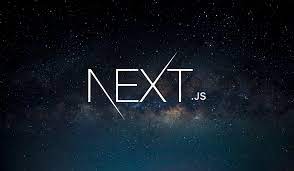25
Aug
Blockchain technology plays a crucial role in supporting Web3 by providing the underlying infrastructure and functionalities that enable decentralization, trust, and transparency. Here are some ways in which blockchain technology supports Web3: Decentralization: Blockchain technology forms the basis of decentralization in Web3. It allows for the creation of distributed networks of nodes that collectively maintain and validate a decentralized ledger. By distributing control and decision-making authority among network participants, blockchain reduces reliance on centralized authorities, making Web3 more resilient, censorship-resistant, and inclusive. Immutable and Tamper-Resistant Ledger: Blockchain's immutability ensures that once a transaction is recorded on the blockchain, it cannot…

